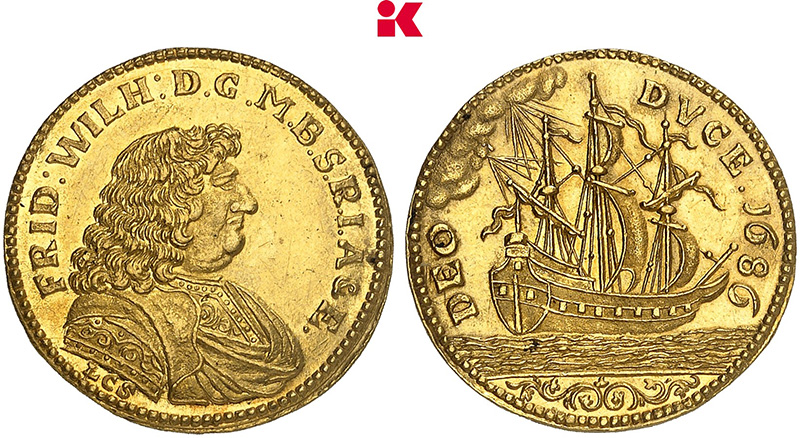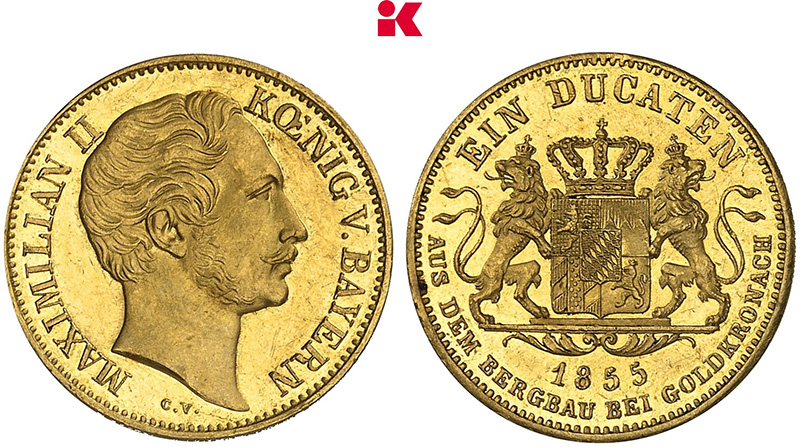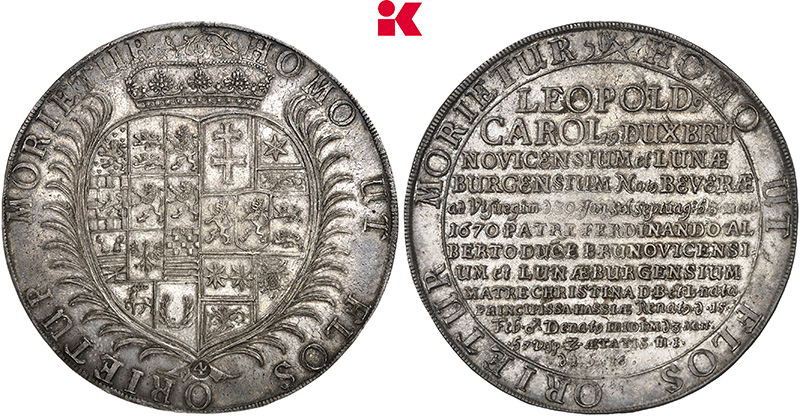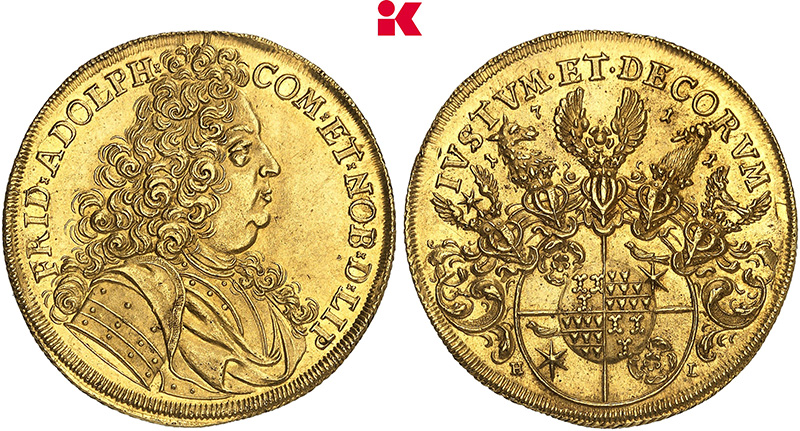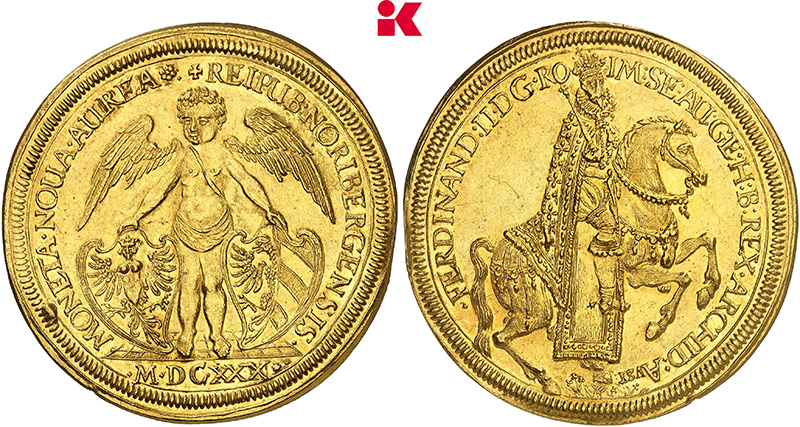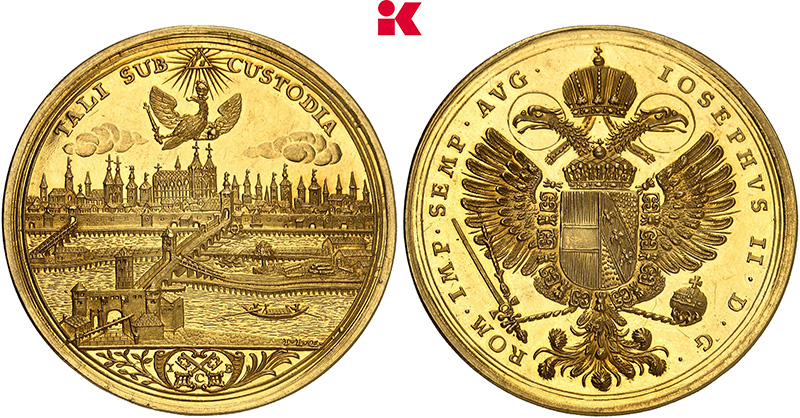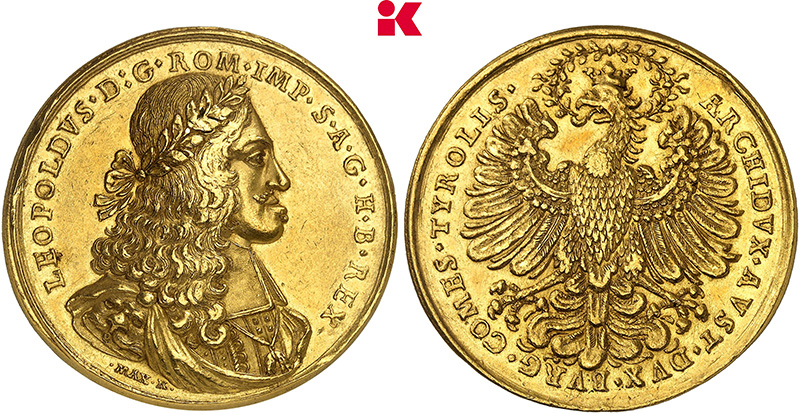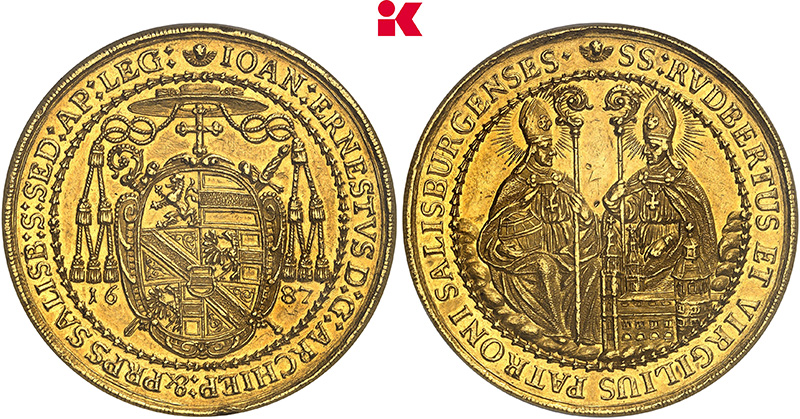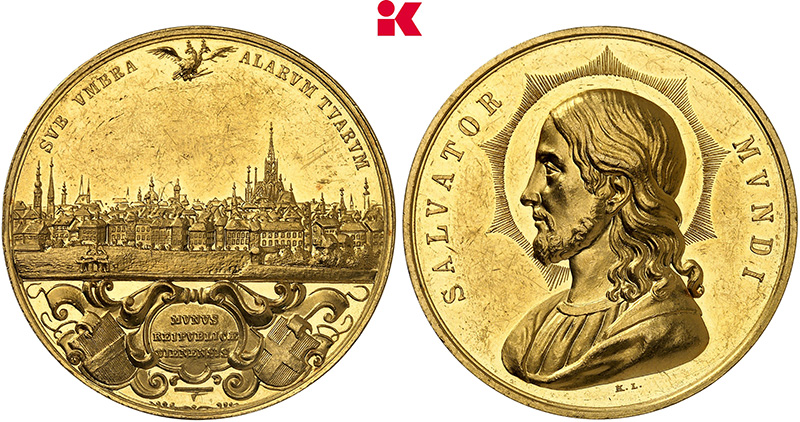The UK’s Highest Value Treasure Find Ever Discovered
It is truly a rare thing to be able to report on such a treasure. An unprecedented hoard of coins, from the time of the Norman Conquest of England, has been found. It consists of 2,584 silver pennies from the period c. 1066–68, likely buried for safekeeping in the turmoil of the Conquest. The hoard has been valued at £4.3 million making it the highest value treasure find ever. It was acquired for the United Kingdom by the South West Heritage Trust thanks to major funding including from the National Lottery and Art Fund.
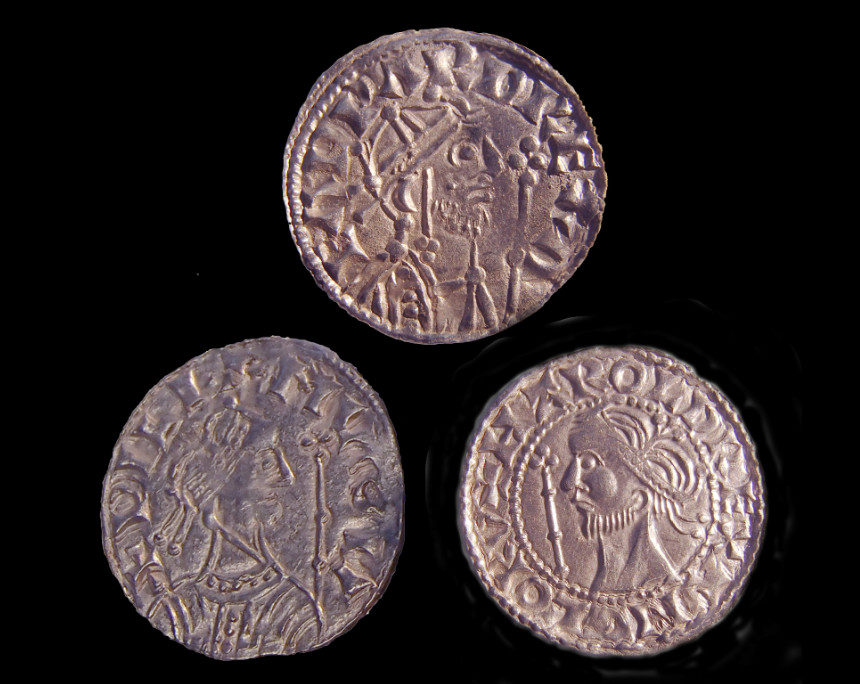
Chew Valley Hoard Issuers Edward, Harold II and William I: Represented on just under half the coins is Harold II, the last crowned Saxon king of England (bottom right). Just over half, feature William I ‘The Conqueror’, the first Norman king (bottom left). There is one coin that features Edward ‘The Confessor’ (top). © British Museum.
The acquisition and associated engagement project are made possible thanks to the generous support of a £4,420,527 grant from The National Lottery Heritage Fund and £150,000 from Art Fund, alongside smaller but vital grants from the Friends of the Museum of Somerset and the Somerset Archaeological and Natural History Society.
From 26 November 2024 coins from the hoard will go on display at the British Museum. They will later be displayed at museums across the UK, including in Bath, before finding a permanent home at the Museum of Somerset.
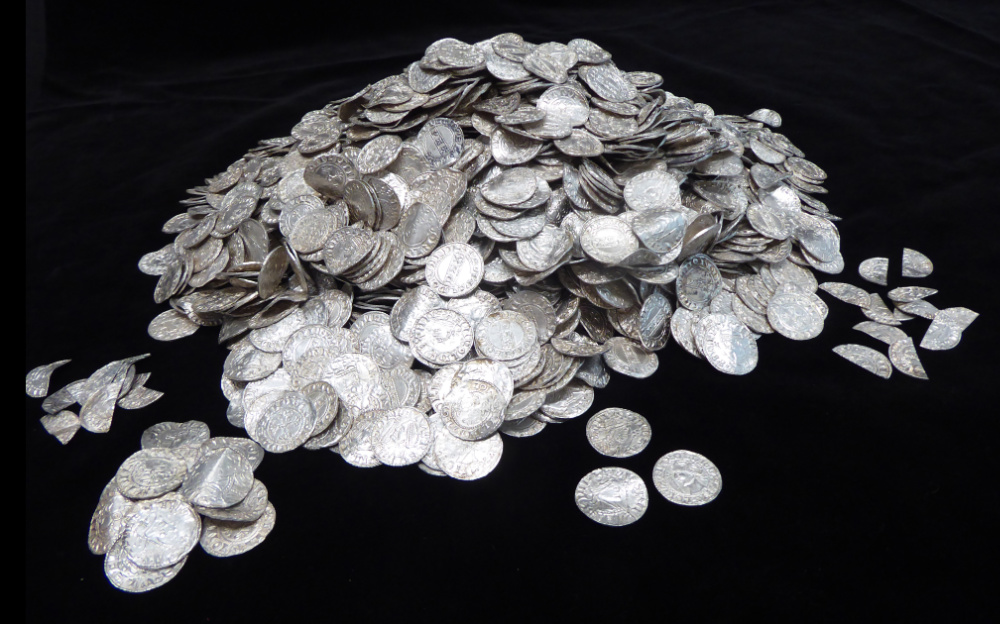
The Chew Valley Hoard of 2,584 silver pennies dates from the turmoil of the Norman Conquest of England and has been acquired by the South West Heritage Trust. © British Museum.
The hoard is one of the most remarkable finds reported under the Treasure Act 1996, administered by the Treasure Registry at the British Museum on behalf of the Department for Culture Media and Sport. It was discovered on 26 January 2019 by seven finders while metal detecting in the Chew Valley area of Bath and North East Somerset. They reported the find via the British Museum’s Portable Antiquities Scheme, which records archaeological finds made by the public and also handles the local reporting of Treasure finds.
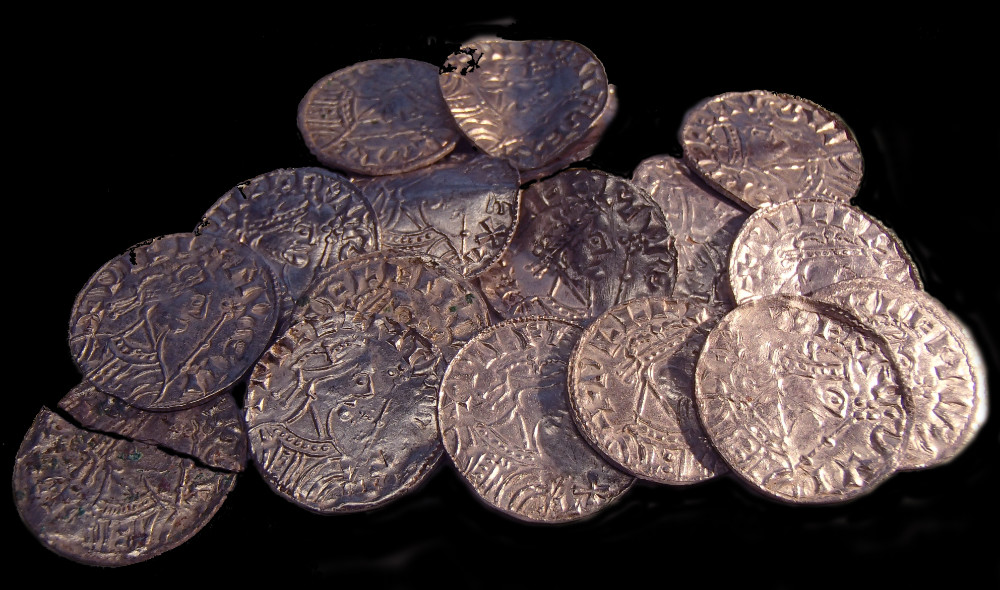
The Chew Valley Hoard was probably deposited for safekeeping during rebellions in the South West against the new Norman king, William ‘the Conqueror’. © British Museum.
The hoard comes from a turning point in English history. It covers the transition from Saxon to Norman rule marked by 1066 and was probably deposited for safekeeping during rebellions in the southwest against the new Norman king, William I (‘the Conqueror’). It is famously recorded that ‘Exeter was the first town to fight for its liberty’ against Norman rule. Represented on just under half the coins is Harold II (1066) the last crowned Saxon king of England. Just over half feature William I (r. 1066–87).
Further Details on the Circumstances of the Find
An article in The Guardian provides more detailed information about the discovery than the British Museum’s press release. It states that a group of friends with experience in working with detectors planned to spend a relaxed weekend in Somerset in January 2019. One of them wanted to demonstrate how his new metal detector worked, and afterward, they planned to have a few beers at the local pub. The weather wasn’t ideal; it was stormy, and the field was very muddy. Still, soon the first coin emerged. The detector kept beeping, and soon they had to use a bucket padded with a raincoat to gather all the coins. By the end of the day, they had found around 2,400 coins. That’s how quickly history can be made.
Further Details on the Coins
The website of the South West Heritage Trust provides more detailed information about the coins which illustrate the special character of the hoard. According to their site, it contains “twice as many coins of Harold II than have ever previously been found and increases nearly five times the number of known first-type coins of William I.”
The Guardian states that around 100 moneyers from 46 mints are represented in the treasure. Among the mints are places like Bath, Bristol, Exeter, Hastings, Ipswich, London, and York. The coins of Harold II mainly come from mints in Southeast England, which, according to The Guardian, may indicate financial preparations for the Norman invasion.
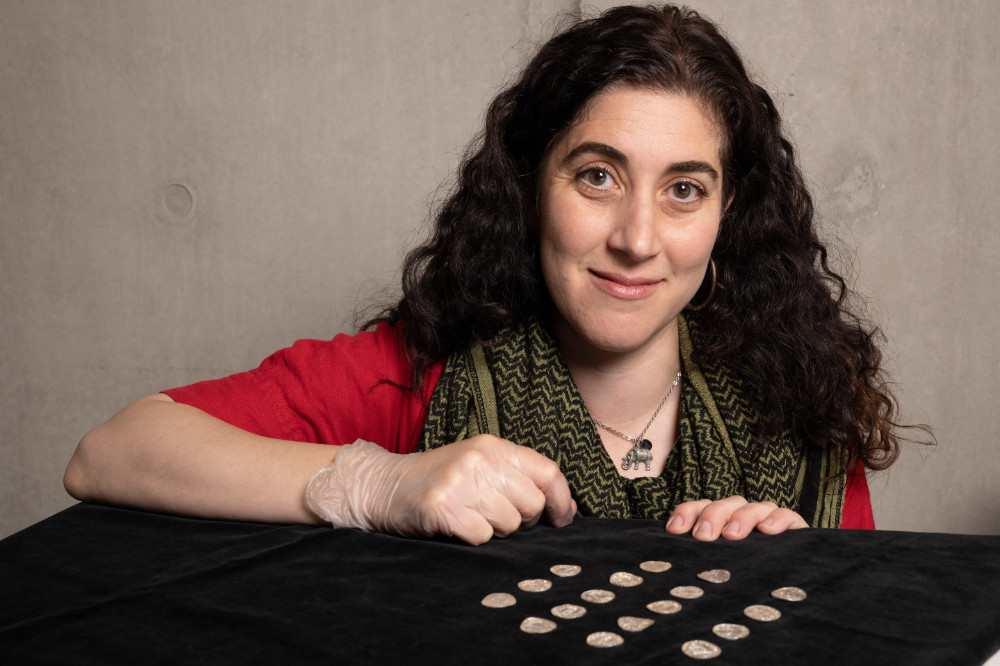
Curator of Archaeology at the South West Heritage Trust, Amal Khreisheh. The Trust has acquired the hoard on behalf of the nation. © South West Heritage Trust.
Sam Astill, Chief Executive of the South West Heritage Trust said: “The hoard symbolises a pivotal moment in English history and we are delighted to have made this acquisition so that it may be enjoyed by generations to come. It highlights the power of museums, collections and stories to inspire people and communities and has been made possible thanks to a wide range of partners working together to ensure our heritage is protected and accessible for everyone.”
The South West Heritage Trust has been awarded £4,420,527 by The National Lottery Heritage Fund to acquire the hoard and will be able to apply for a further grant at a later date for an engagement programme and the permanent display of the hoard at the Museum of Somerset.
Find the article by the Guardian here.
Find additional information on the find on the website of the South West Heritage Fund
Last week, the Guardian mentioned us in their article about the tv show “Detectorists”.
Find our article on that show here.
Last week we reported on an English detectorist who enjoyed several strokes of luck in a row.







